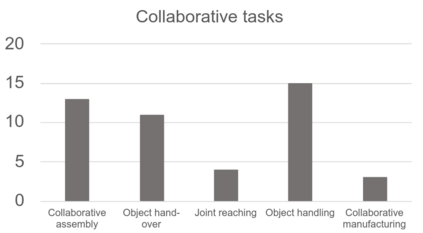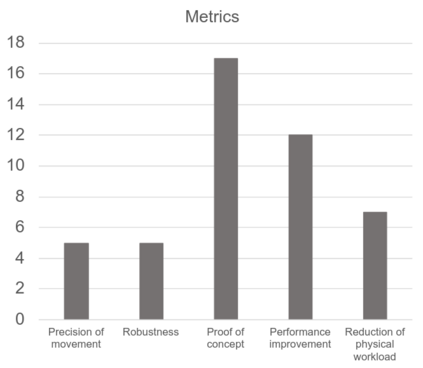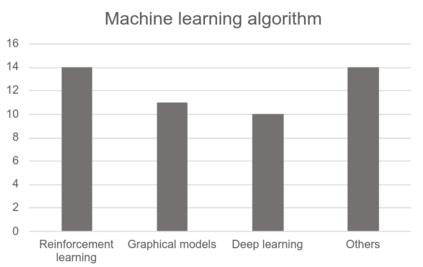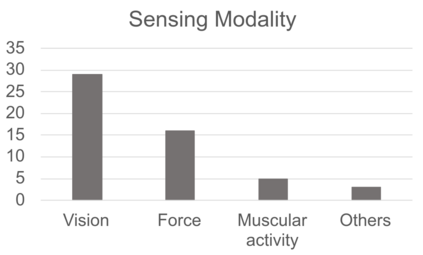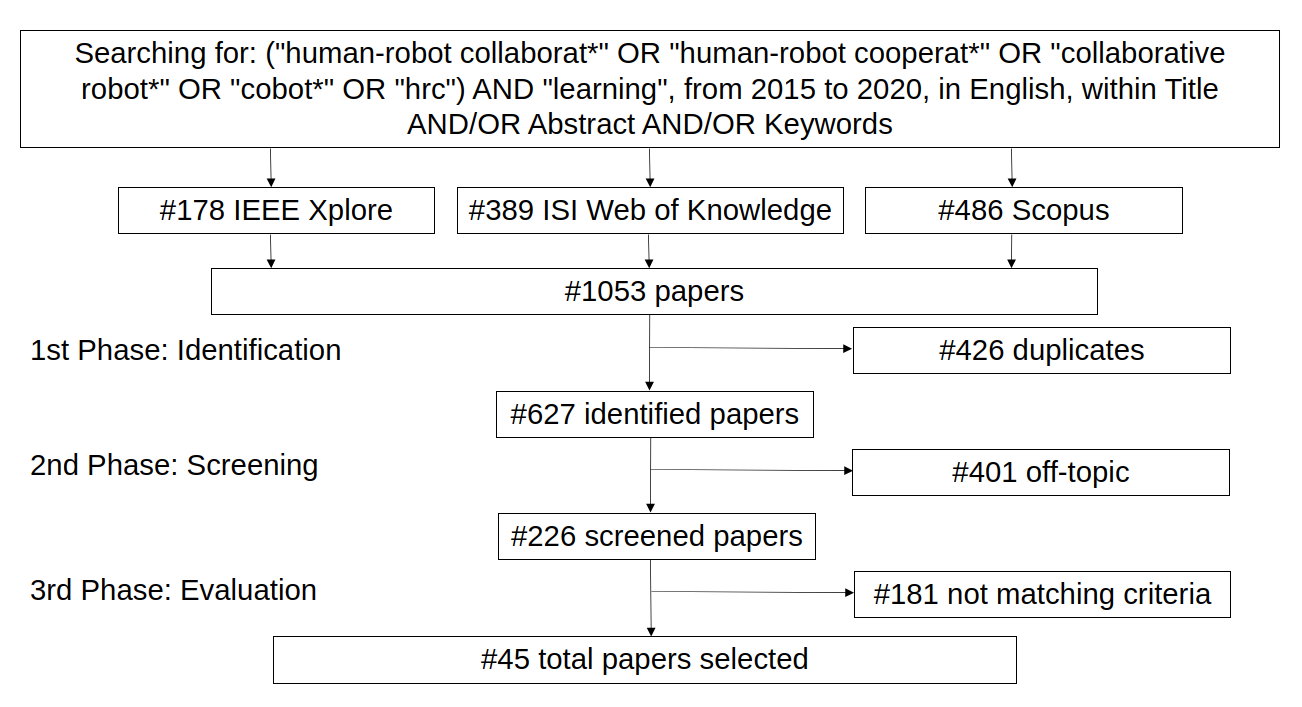Technological progress increasingly envisions the use of robots interacting with people in everyday life. Human-robot collaboration (HRC) is the approach that explores the interaction between a human and a robot, during the completion of an actual physical task. Such interplay is explored both at the cognitive and physical level, by respectively analysing the mutual exchange of information and mechanical power. In HRC works, a cognitive model is typically built, which collects inputs from the environment and from the user, elaborates and translates these into information that can be used by the robot itself. HRC studies progressively employ machine learning algorithms to build the cognitive models and behavioural block that elaborates the acquired external inputs. This is a promising approach still in its early stages and with the potential of significant benefit from the growing field of machine learning. Consequently, this paper proposes a thorough literature review of the use of machine learning techniques in the context of human-robot collaboration. The collection,selection and analysis of the set of 45 key papers, selected from the wide review of the literature on robotics and machine learning, allowed the identification of the current trends in HRC. In particular, a clustering of works based on the type of collaborative tasks, evaluation metrics and cognitive variables modelled is proposed. With these premises, a deep analysis on different families of machine learning algorithms and their properties, along with the sensing modalities used, was carried out. The salient aspects of the analysis are discussed to show trends and suggest possible challenges to tackle in the future research.
翻译:人类机器人合作(HRC)是探索人类和机器人之间互动的一种方法,在实际物理任务完成期间探索人类和机器人之间的相互作用,这种相互作用在认知和物理层面分别通过分析相互交流信息和机械能力而探索。在人权理事会的工作中,典型地构建了一个认知模型,收集环境和用户的投入,详细阐述这些投入并将其转化为可由机器人自己使用的信息。人权理事会的研究逐渐采用机器学习算法,以建立认知模型和行为块,阐述已获得的外部投入。这是一种很有希望的方法,在早期阶段仍然有希望,并有可能从不断增长的机器学习领域获得巨大益处。因此,本文件建议对在人类机器人合作背景下使用机器学习技术的情况进行彻底的文献审查。收集、选择和分析从对机器人和机器学习的文献进行广泛审查中选定的45份关键文件,从而得以确定人权理事会当前的趋势。特别是,基于不断增长的机器学习领域的研究组合,在模型化的模型化分析中,使用了模型化的模型化的模型分析,在模型化的模型分析中展示了它们未来的变数。


